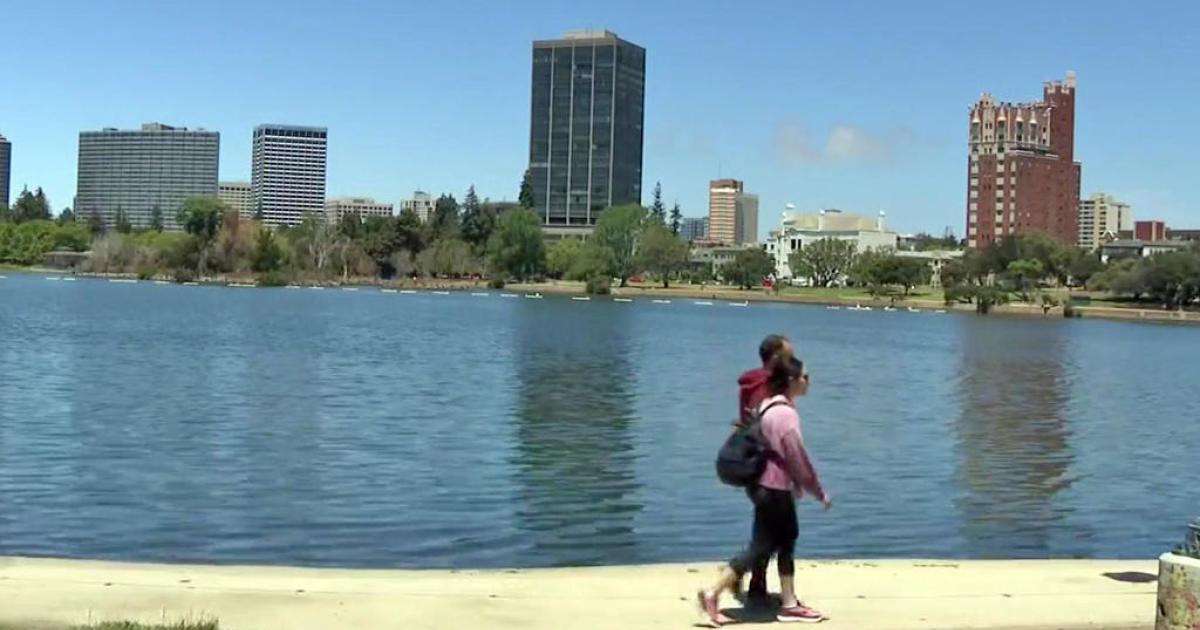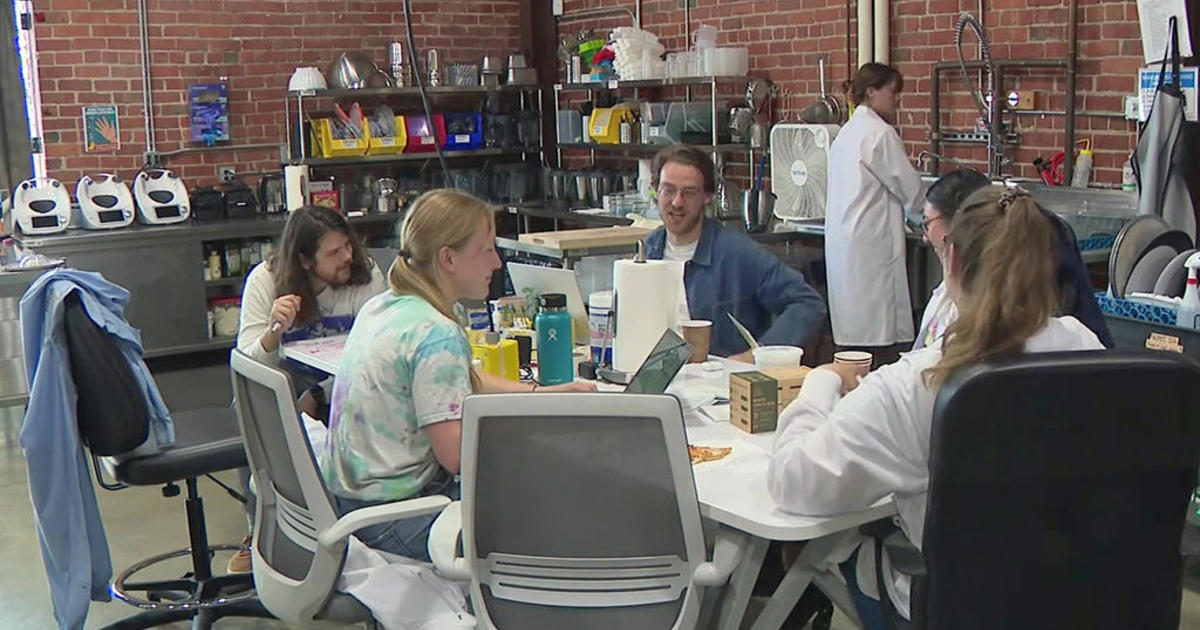North Bay World War II veteran recalls Indianapolis sinking, shark attacks
BENICIA -- Fleet Week is meant to recognize and thank those who go to sea in defense of the nation but, for some, the sacrifice can be hard to imagine. A Navy veteran living in Benicia survived one of the most harrowing ordeals in World War II.
An American flag flies over the Benicia home of Harold Bray. At age 96, Navy veteran Bray's living room is adorned with paintings and memorabilia from the only ship he ever served aboard, the USS Indianapolis.
In July 1945, the war in Europe had already ended when the Indianapolis left Mare Island in Vallejo carrying a secret cargo that the military hoped might end the war with Japan.
Bray was 17 and had just left boot camp. He said few on board knew the importance of the mission.
"It was just a trip out of Mare Island but we took on a bunch of kids and I was one of them," Bray recalls.
The ship carried a secret weapon -- the first atomic bomb, nicknamed "Little Boy."
Bray said the bomb's carrying crate was secured on the ship's quarter deck and he once sat on top of it, having no idea what it was. The cargo was delivered safely to Tinian Island but it's what happened afterward that people remember the Indianapolis for -- thanks in large part to a gripping scene in the movie Jaws. In the film, Quint, the shark-obsessed boat captain, explains what happened to the Indianapolis.
"Japanese submarine slammed two torpedoes into our side, Chief. We was comin' back from the island of Tinian to Leyte. Just delivered the bomb, the Hiroshima bomb. Eleven hundred men went into the water. Vessel went down in twelve minutes."
Bray remembered what that was like for him.
"I don't know how I was so lucky. I just hit the side and swam away from the ship and I hollered for guys. I had my arm over a raft and I got aboard. Eighteen guys on my raft," he said. "Guys were fighting each other for room on the raft. Well, I'm not going there, I'll hang onto somebody that's hanging onto the raft. So, that's what I did."
In the movie, the fictional Quint continues with a fearfully factual description of the Indianapolis sinking.
"Very first light, Chief, the sharks come cruising. So, we formed ourselves into tight groups. Shark comes to the nearest man, he starts pounding and hollerin' and screaming. Sometimes the shark go away. Sometimes he wouldn't go away. Lost 100 men. I don't know how many sharks, maybe a thousand. I don't know how many men. We averaged six an hour."
Bray said he didn't like the way the experience was portrayed in the movie but not because it was fake. He says it was painful because it was so true.
"It was a bad experience. There was nothing good about it. Every time you looked around, somebody was gone," he said, his voice softening. "The sharks were there. That was a terrible scene. The sharks got a few young guys. Oh, I don't want to talk about it..."
Out of a crew of nearly 1,200, only 318 survived.
Because the mission was secret, no distress signal was sent. They were in the water for five days when a plane happened to spot the men and they were picked up and taken to a hospital on Guam.
"I wasn't hurt at all. Except memories, you know?" Bray said. "A lot of guys I helped in the water that were hurt. It's just, they're always there, the guys that didn't make it."
Bray says he still thinks about the experience nearly every day. After the war, he came home, became a Benicia police officer and raised a family.
His wife, Stephanie, says he still never talked about it to anyone.
"When Jaws came out — the movie — they were talking about it at the police department and he happened to be in the room and he said 'Oh, I was on that ship.' And that was the first that they ever knew."
Then Indianapolis survivors began planning regular reunions and Stephanie said it helped them to be around people who truly understood.
"And very healing, too, for them," she said. "Because they had been instructed by the Navy: 'Go home and forget about it. Don't even talk about it.' His parents never knew."
Time, of course, has taken its toll on the crew and, when a fellow shipmate recently died, Bray became the sole remaining survivor of USS Indianapolis. In July, Benicia thanked Harold for his service to his town and country, with a life-size bronze statue of him as that young sailor, fresh out of boot camp.
Not surprisingly, he responded with quiet humility.
"I was wondering why they picked me because I was -- I didn't do anything spectacular."
Bray finished out his enlistment but the Navy never asked him to sail again and, to this day, he says he's not comfortable on the water.




